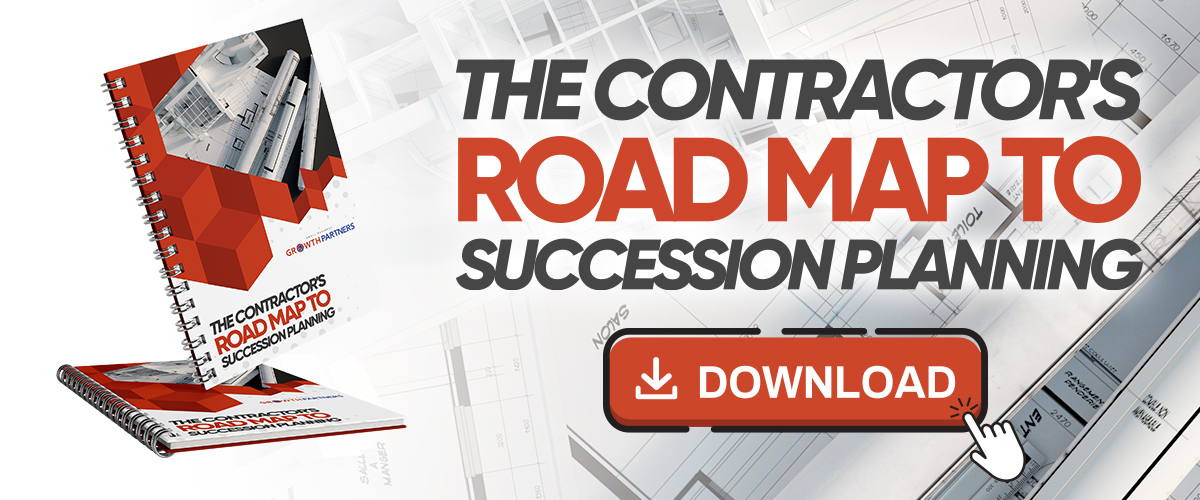Stagnation, or the sustained period of minimal to no growth, is a universal risk in the construction industry. While your business may have thrived in recent years, a sudden plateau in profits is not unheard of. If you notice your growth margins or profits starting to dwindle, underestimating the effects of short-term stagnation could impact your business’s long-term growth and success. Fortunately, there is a myriad of strategies that construction business owners can employ to null the financial and organizational deficits of stagnation. In this article, we will help you prepare and overcome this roadblock to growth by outlining the top 5 strategies to stagnation prevention.
–
Invest in and Cultivate Talent
In the construction industry, talented and skillful crew members can make or break a company. By hiring employees who have experience, knowledge, and skill, you will be able to complete projects more efficiently and thoroughly. A highly productive, quality-driven team will reduce the number of mediocre or incomplete tasks that chew up time and money.
Onboarding (and retaining) these employees requires an effective hiring process. Take your time evaluating every candidate on not only their skill set and experience, but their core values, work ethic, and performance metrics from previous employers. When faced with an urgent deadline or suddenly unfilled position, it’s easy for construction company owners to hire anyone who can swing a hammer. While focusing on construction fundamentals can be a fine avenue in the short term, avoiding stagnation starts with a competent, collaborative crew. Finally, using a tool like a DISC/Motivator Assessments will dramatically increase the likelihood of hiring the right person. If you are unclear on how to do this, reach out to the team at Small Business Growth Partners for advice on how to use, and interpret, a DISC/Motivator.
–
Enhance Internal Culture and Staff Development
Optimizing your hiring process is crucial, but only the onset strategy to enhancing performance, culture, and accountability within your business. You also want to cultivate the talents and skills of employees who have been with you for years or who show promise in adopting a novel skill/role. You may even hire someone who isn’t quite where you would like them to be but has an obvious drive and passion for the work.
That’s where staff development comes in. As a leading step, start a cross-training program where employees shadow each other, learn new concepts/skills, and are encouraged to become diverse experts in all feasible realms of construction. This improves their individual knowledge and creates a flexible, multi-faceted crew. By encouraging and incentivizing internal growth, you’ll find that most employees are eager to grab opportunities for personal development.
–
Balance Structure and Creativity
Balancing your structure and accountability with new ideas and technology can also mitigate the risk of stagnation. While it’s vital to establish a sense of structure, methodology, and accountability for your crews, rigid processes can sometimes nullify overall creativity or individuality. When your employees feel like every day entails the same mundane, repetitive tasks, morale will dwindle. A lack of purpose, variety, and challenge are all leading reasons why many employees start looking for a new job.
While there will always be boring parts to any job, you want to offer your employees creative outlets. Make certain they know that new ideas are welcome. You may not implement every single one of them, but be sure to take the time to listen to your team. Examine these suggestions and look at how they could help you. You may be surprised at what amazing ideas your team brings to you.
At the same time, make certain your team is held accountable for their actions. If they don’t meet a deadline, examine why and take steps to ensure that the same thing doesn’t happen in the future. Trying something new should be applauded, but if that new idea results in delays, it may be best not to do it again.
–
Seek Honest Feedback
Your employees and clients may all have feedback for you. Often, this feedback isn’t meant as harsh criticism, but as a genuine message about your company and how you operate. Listen to both positive and negative feedback and determine what you can take away from it. If you’re getting negative feedback from a client who was argumentative from the start, be sure to take that into account. Don’t dismiss the feedback out of hand, but do realize it may be colored with emotion (both the client’s and your own).
Feedback can make you aware of processes that aren’t working and issues you didn’t realize were happening. To gather feedback, you can provide your clients with basic surveys to complete at the end of each job. You can also have a suggestion box for your employees and regularly ask for their thoughts and ideas on how the company is doing. Having an open-door policy and growing a reputation for listening will also help you get honest, open comments.
–
Push Past Stagnation
If you want to continue growing your company, you want to avoid stagnation whenever possible. By listening to feedback, encouraging creativity, and investing in your employees, you’ll be able to push through any periods of stagnation. By implementing these ideas now before you reach stagnation, you may even be able to avoid it altogether.
–






